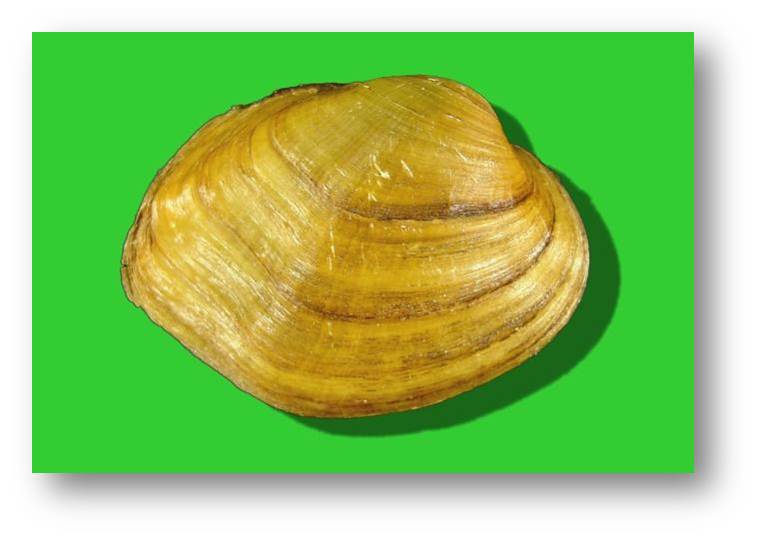To complement Norman’s post on the 17-year cicadas, I thought today we would look at some other species of cicada that are part of the holdings of the Triplehorn Insect Collection.
Some of our cicada specimens are pretty old, dating back to the 1890’s, but the majority were collected and preserved by Joe and Dorothy Knull between the early 1930s and 1960s.

Drawer with specimens recently returned to the collection
There are over 190 different kinds of cicadas (that includes species and subspecies) in North America alone (Sanford, 2012) and more than 3,000 around the world.
In the collection we have species of around 200 of those, but that number is likely to increase thanks to a recent loan return which added another 800 cicada specimens to the collection. That material had been borrowed for study in 1969 and only now was returned to us. The specimens in this batch date to 1950s and 1960s.
We don’t have an exact count of the number of cicadas in the Triplehorn Insect Collection yet, but we estimate between 8,000 and 10,000 specimens. Once we finish curating and databasing our cicadas, the data for all the specimens will be available online via the collection database interface.
Here are a few of my preferred. Notice that most were collected out west. That is a reflection of the collection’s history and the research interests of the people who helped build the collection over the past 80+ years.
Some species of the genus Okanagana:
-

-
Okanagana vanduzeei, collected in California
-

-
Okanagana opacipennis collected in California
-

-
Okanagana nigriviridis collected in California
-

-
Okanagana magnifica, Paratypes, from New Mexico in 1918
-

-
Okanagana gracilis collected in California
More interesting and attractive specimens:
-

-
Diceroprocta apache collected in California & Arizona
-

-
Diceroprocta apache again
-

-
Tibicinoides mercedita, so charming with its short wings. Collected in 1941 in California
-

-
Neotibicen dorsata, collected in Texas
Some exotic beauties:
-

-
Loba leopardina, poorly labeled, collected somewhere in East Africa
-

-
Zammara intricata, collected in Ecuador
-

-
Graptosaltria tienta, collected in China, 1929
-

-
Yanga guttulata, collected in Madagascar early 1900s
Finally, a few yet to be determined show stoppers:
-

-
These 3 1/2 inch long giants were collected in Thailand
-

-
From Tanzania
-

-
Sadly, no collecting label.
As we curate the collection I’ll post more photos of interesting cicada specimens from our collection.
Literature reference: Sanborn, Allen F., and Maxine S. Heath. 2012. The Cicadas (Hemiptera, Cicadoidea, Cicadidae) of North America North of Mexico. Entomological Society of America.
About the Author: Dr. Luciana Musetti is an Entomologist and Curator of the C. A. Triplehorn Insect Collection. All photos by the author.





























